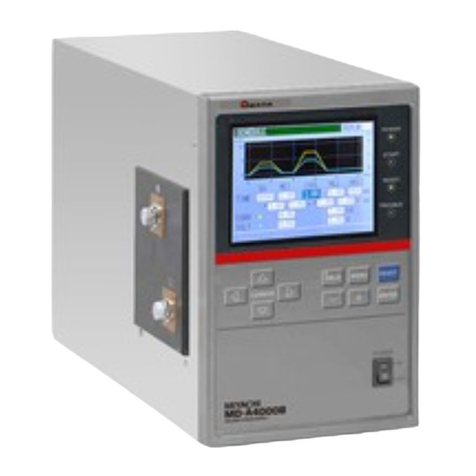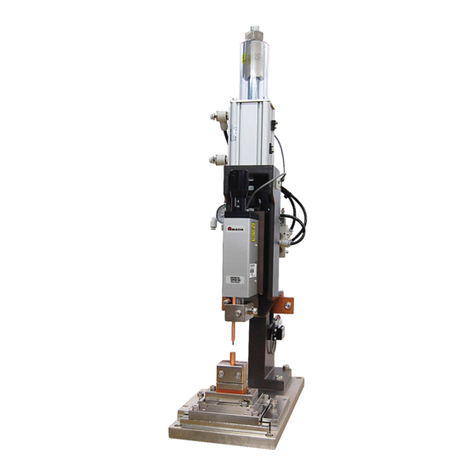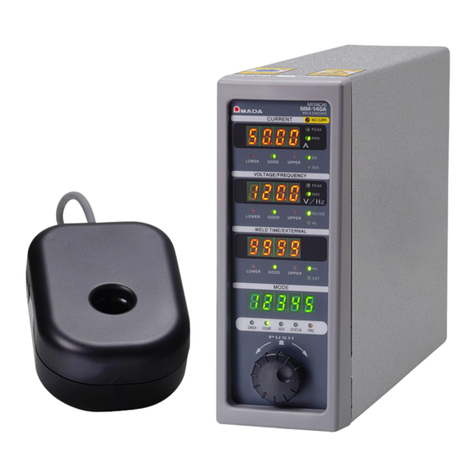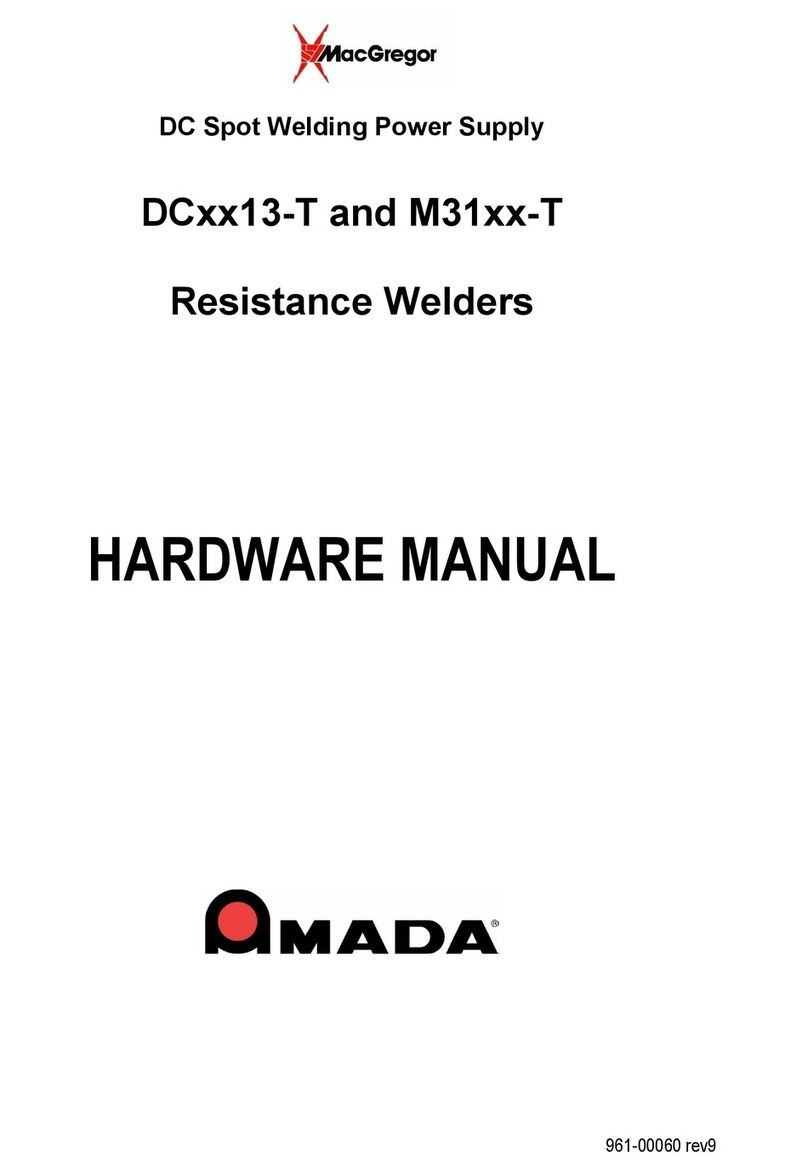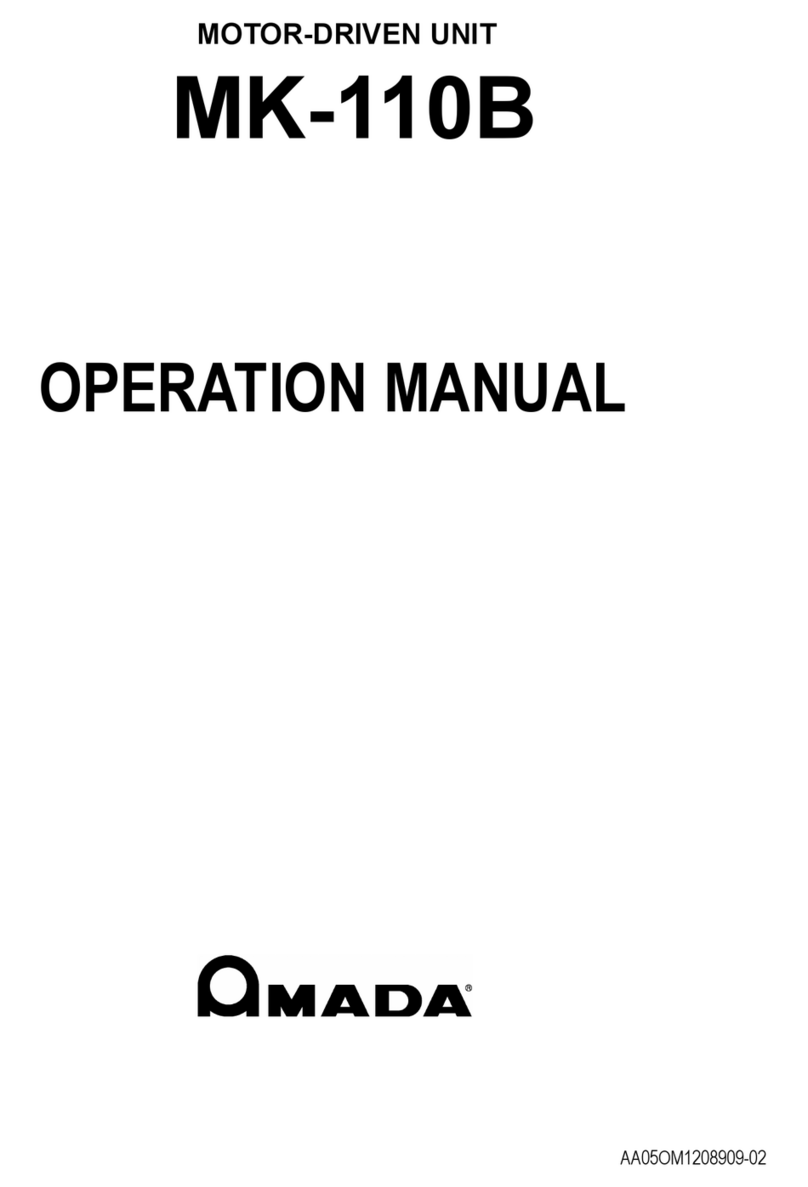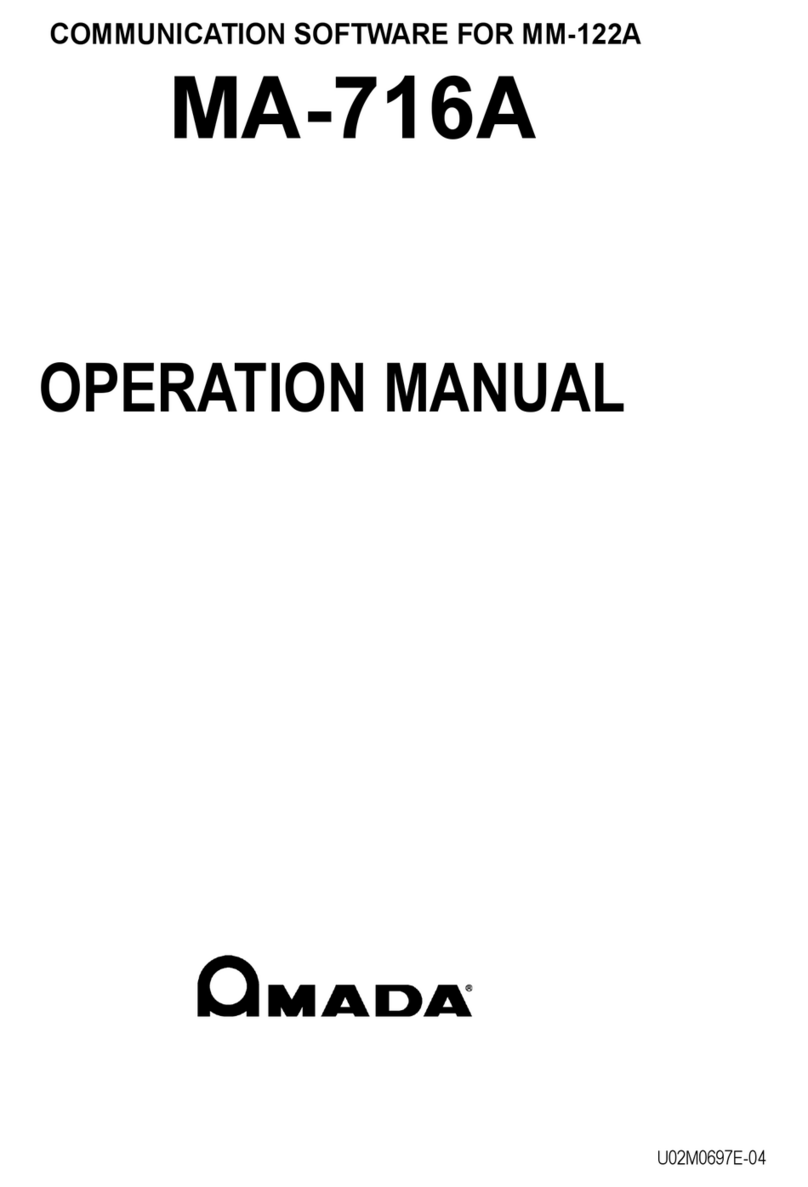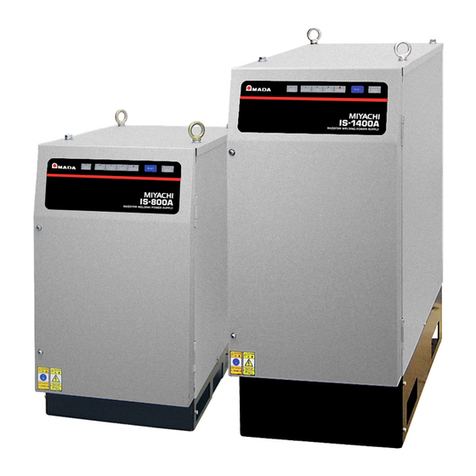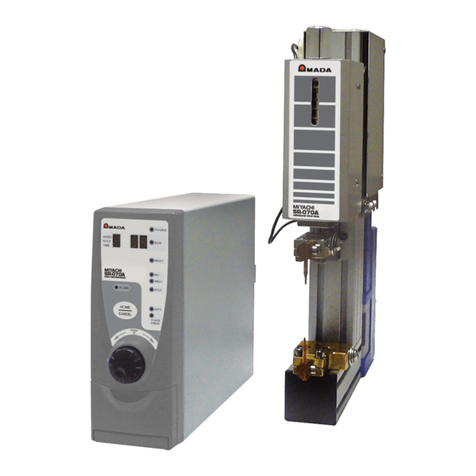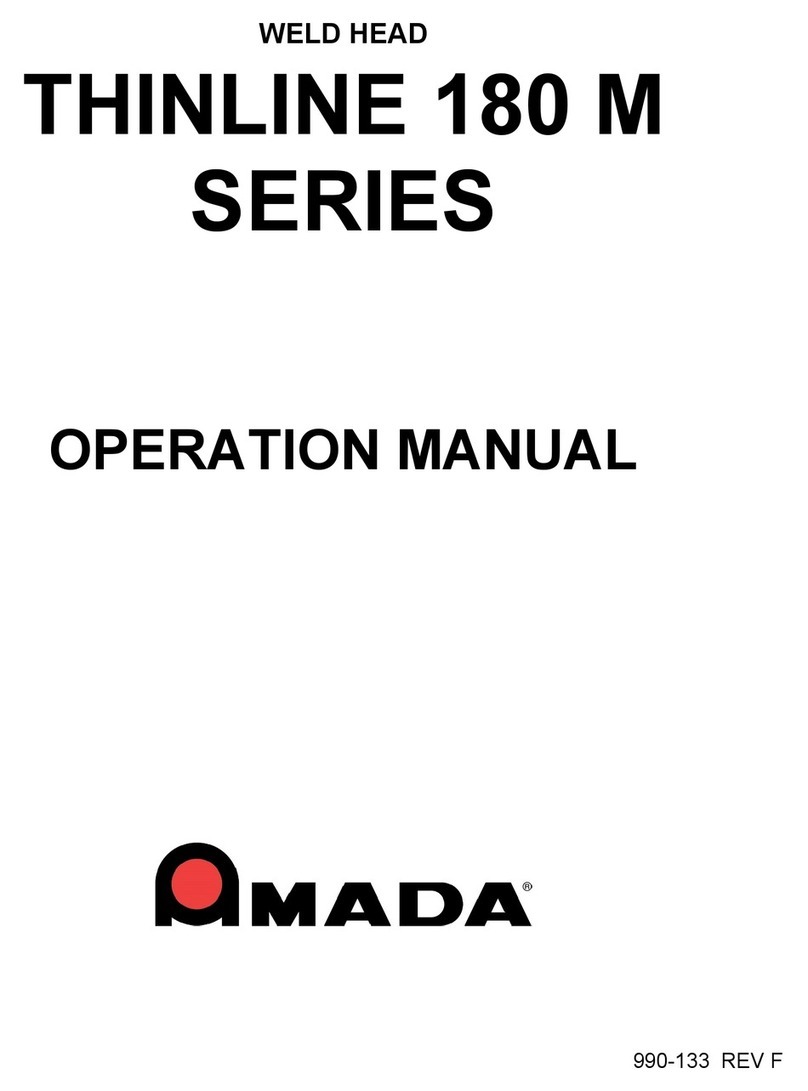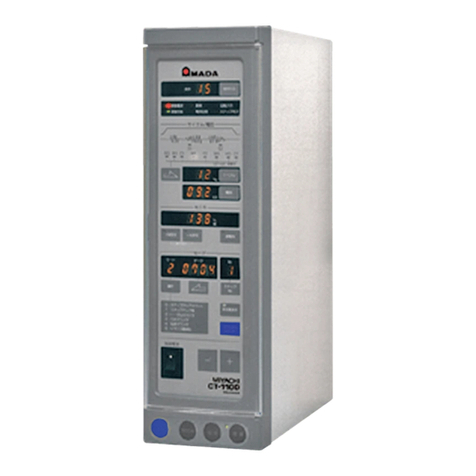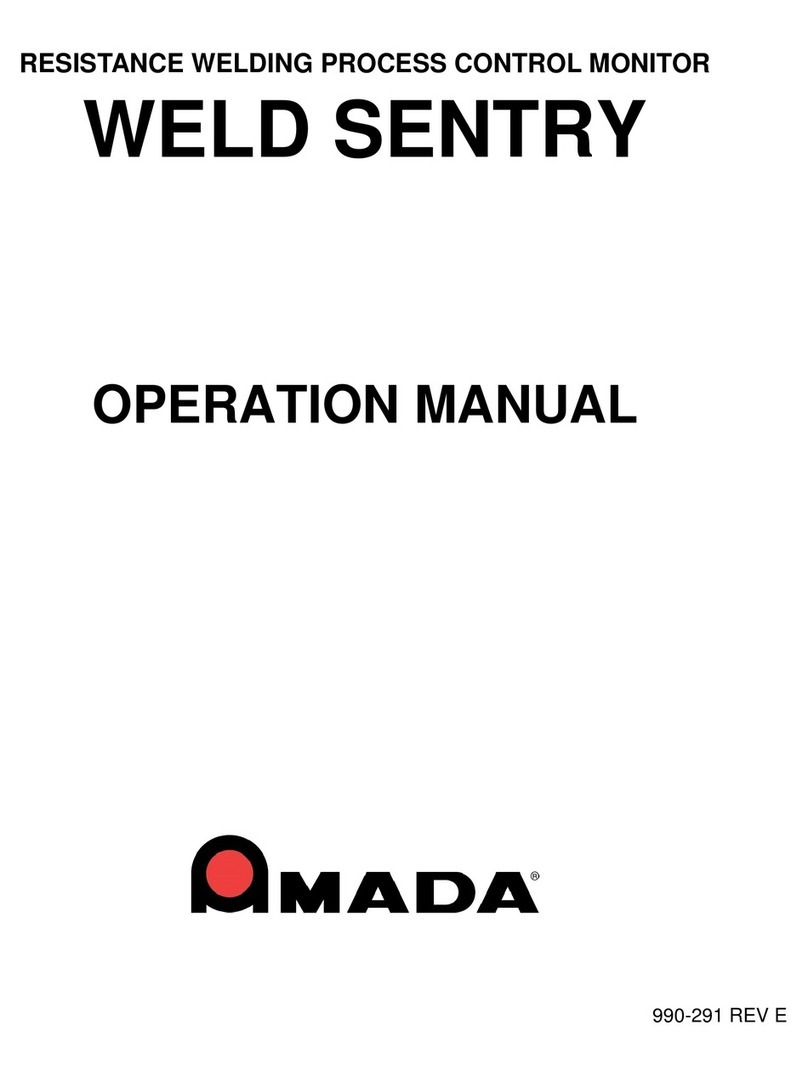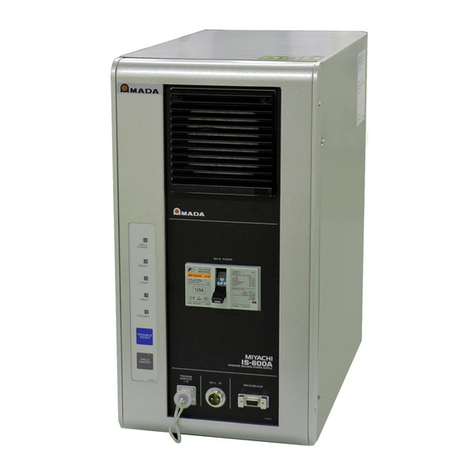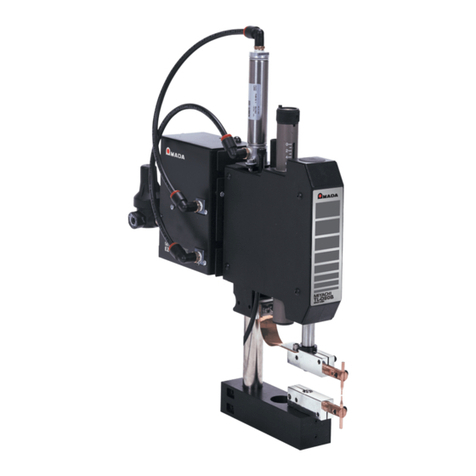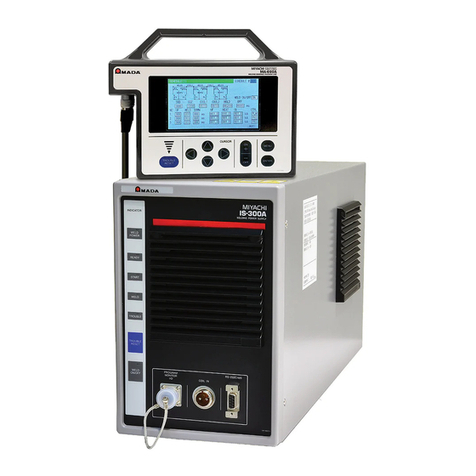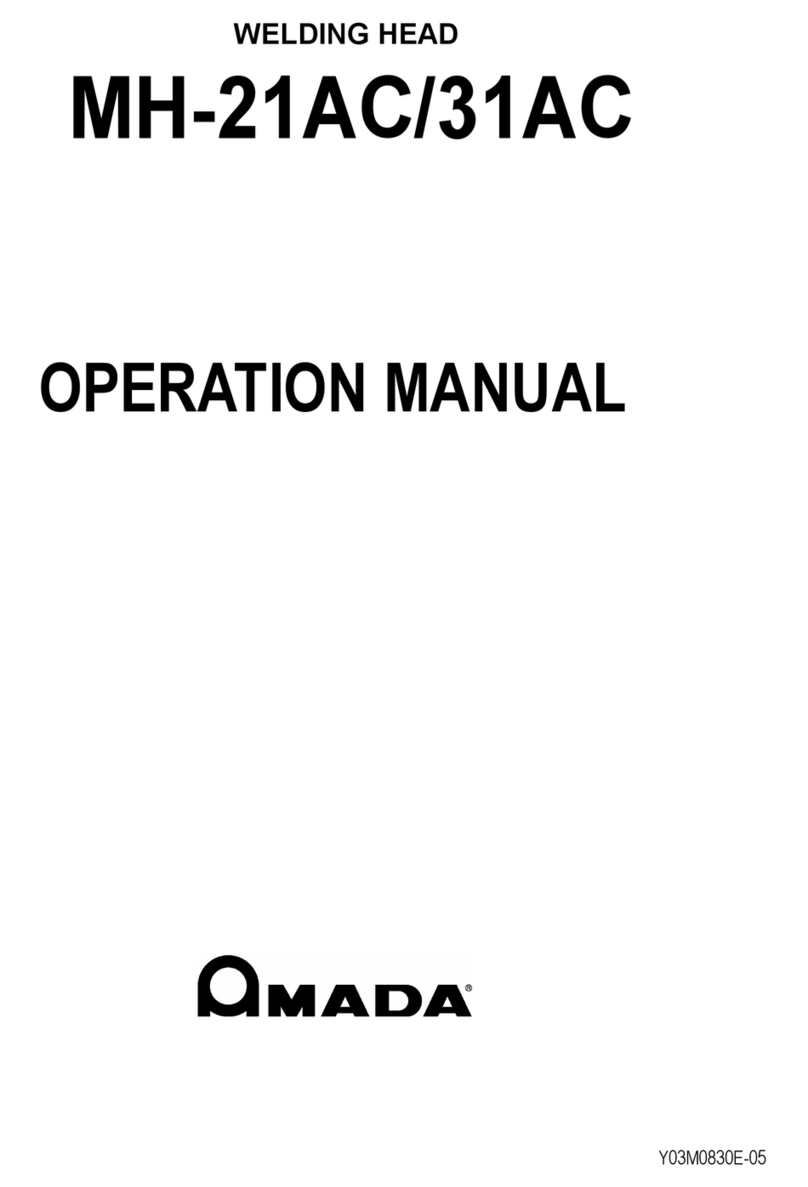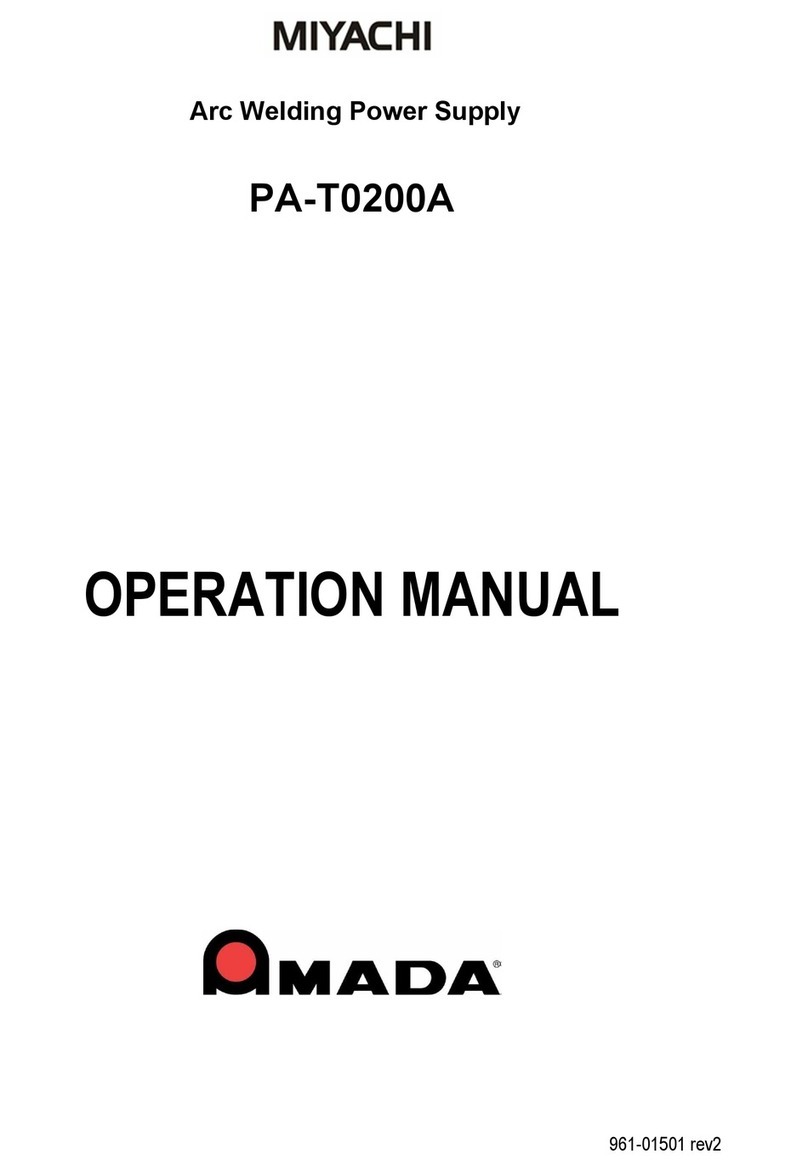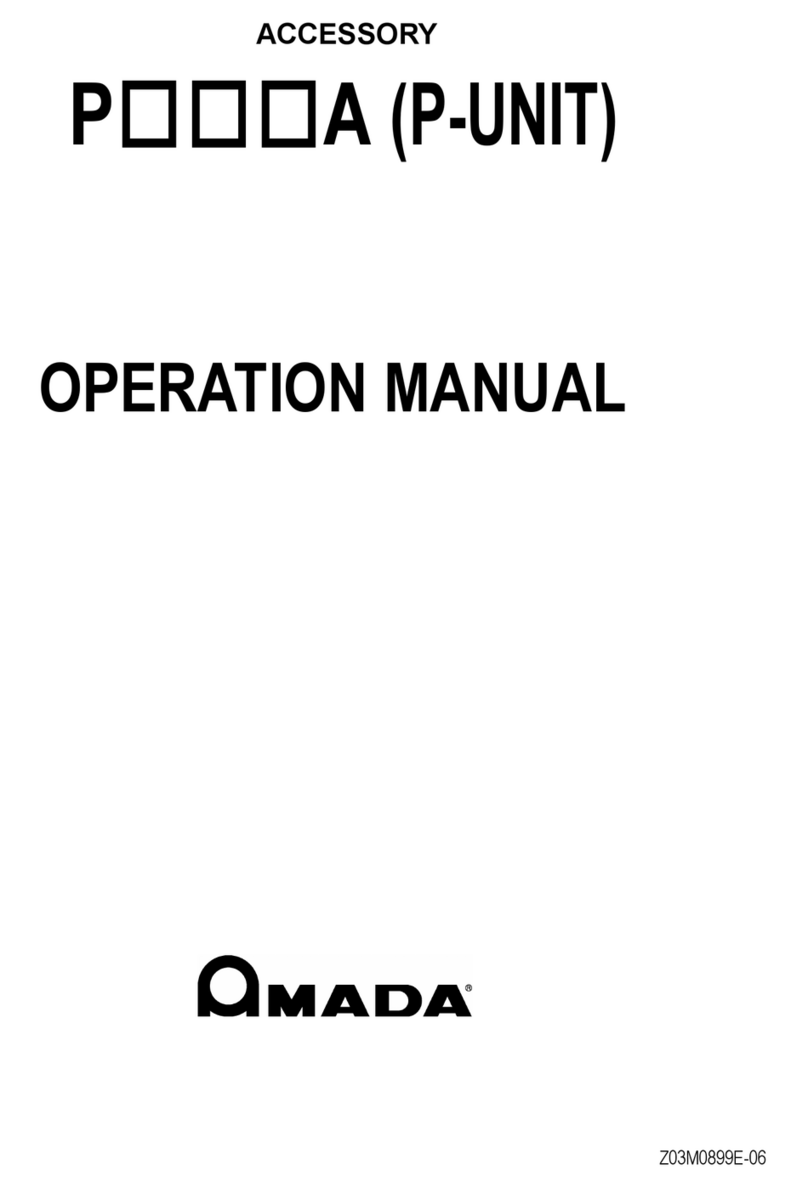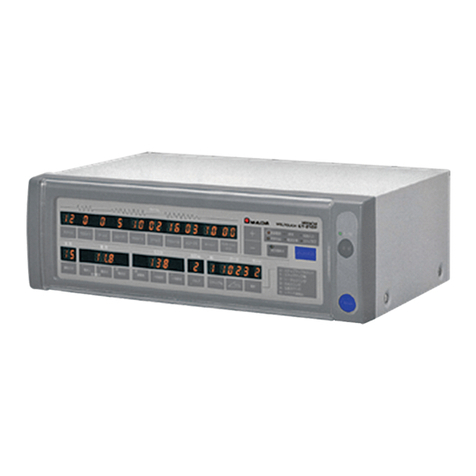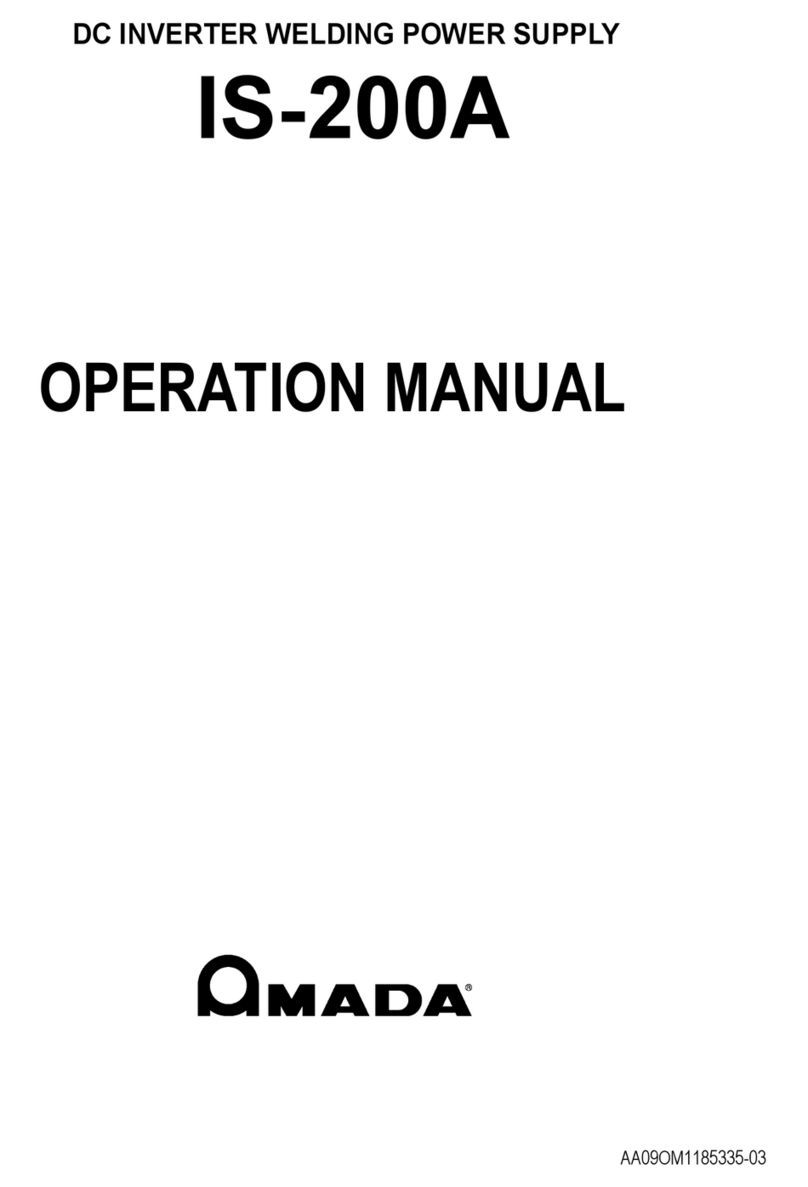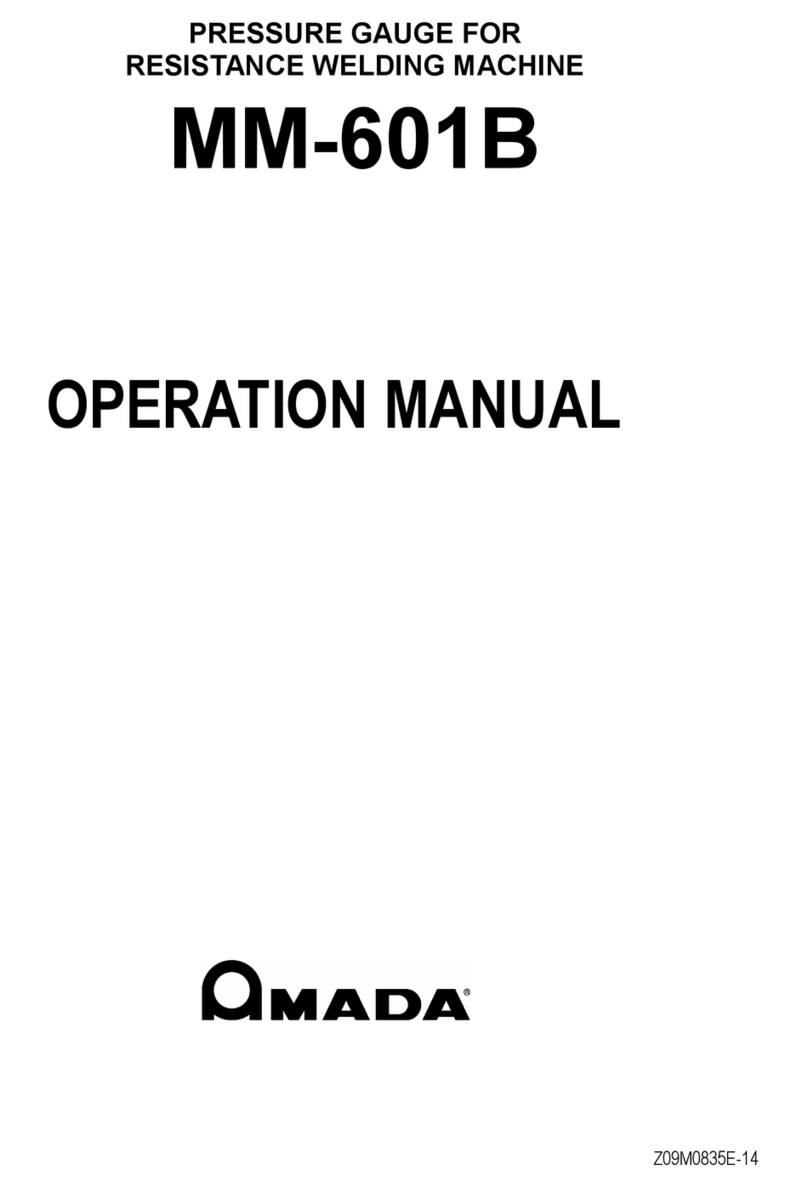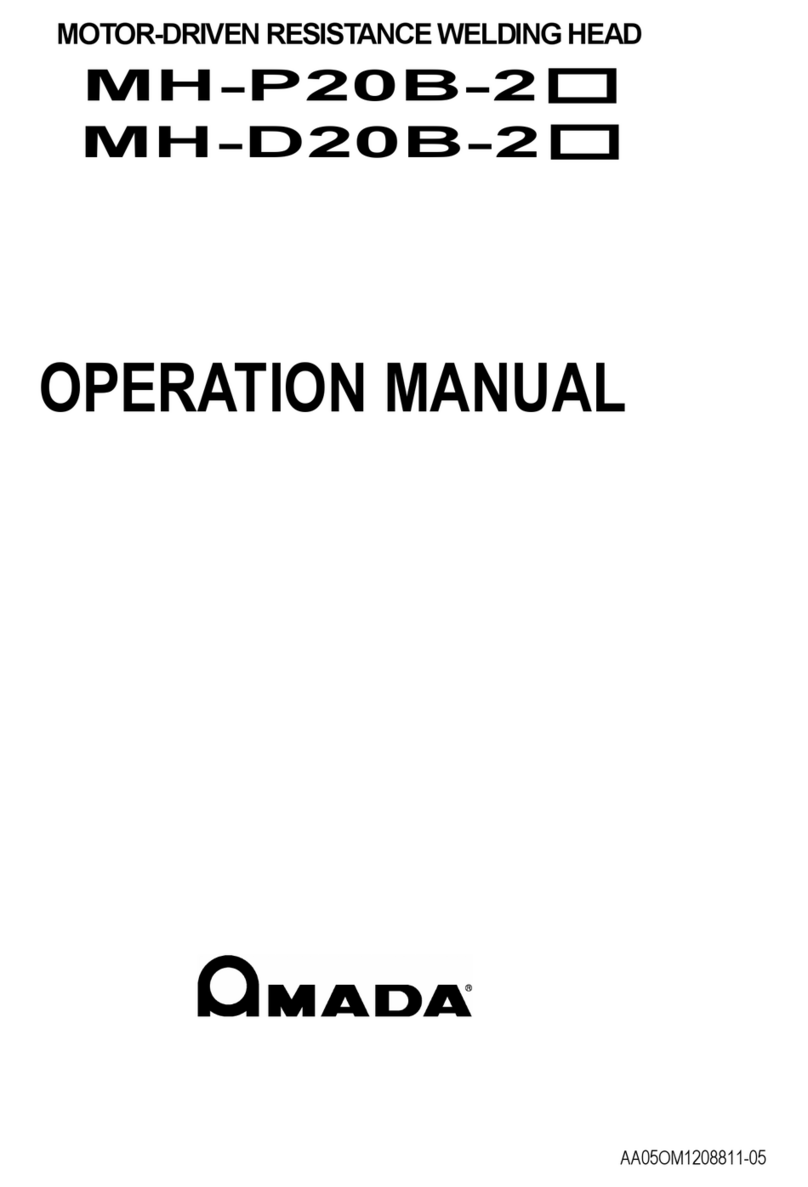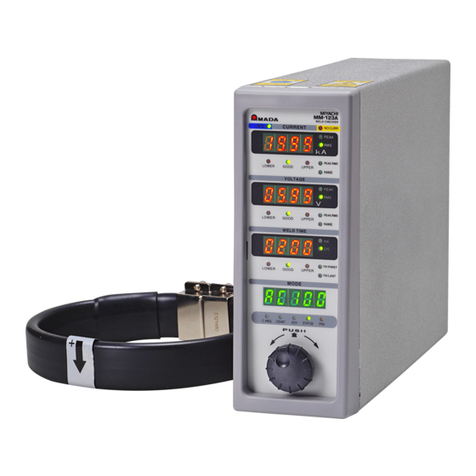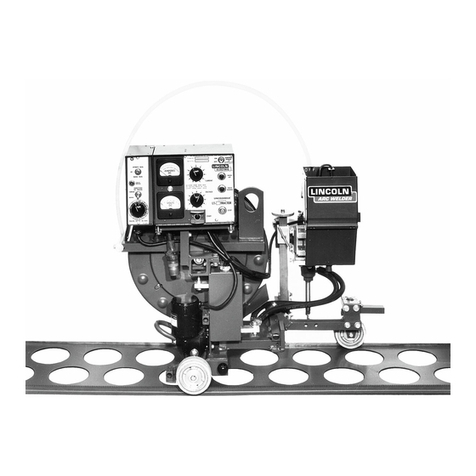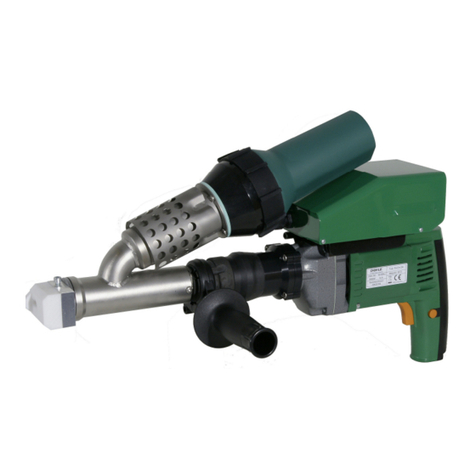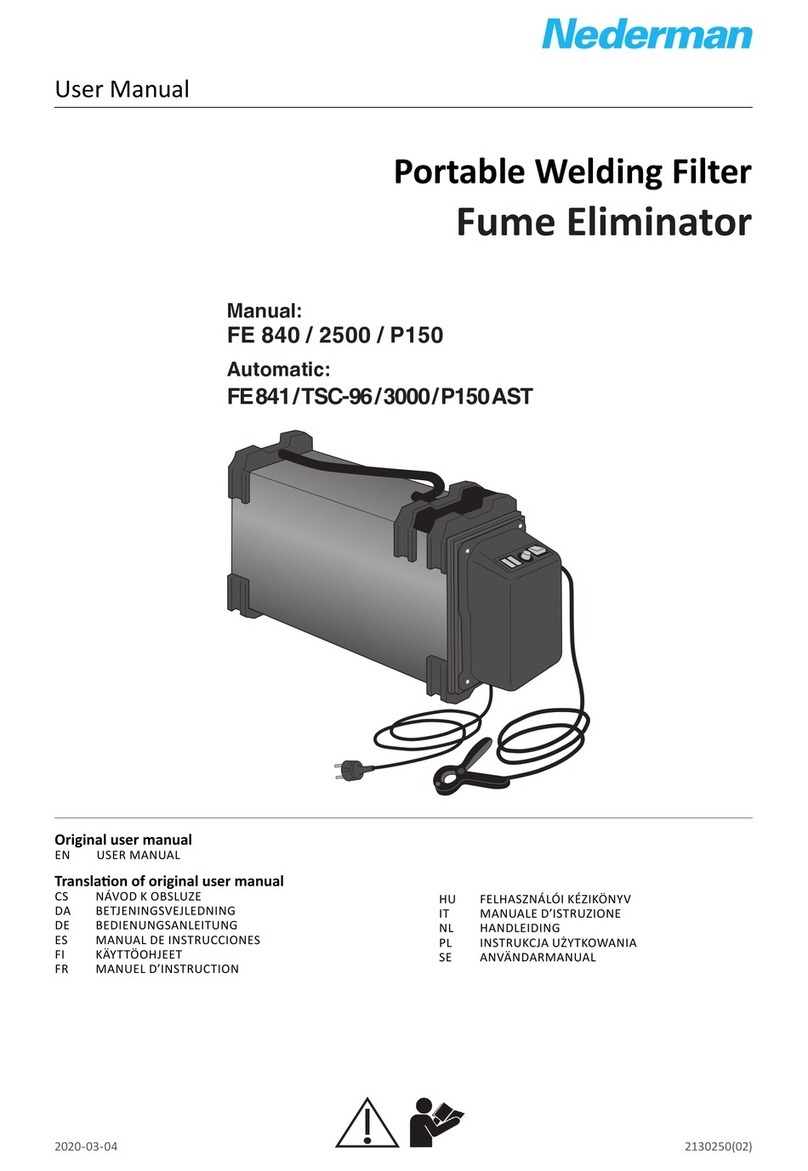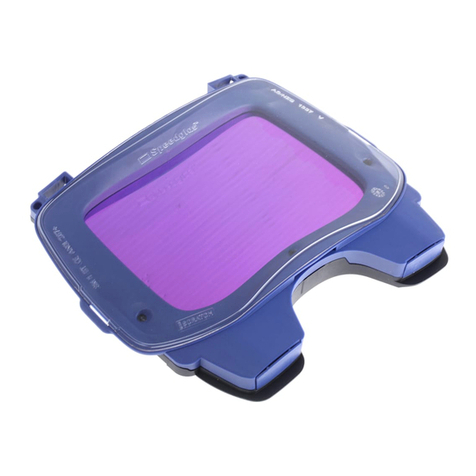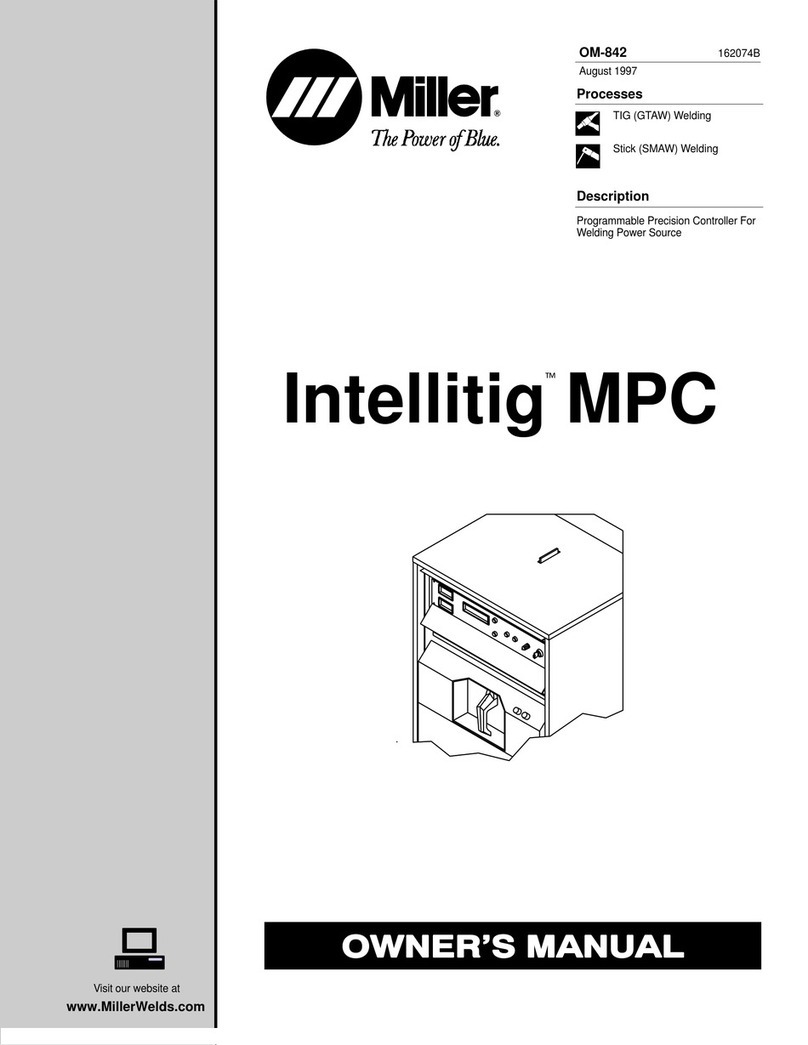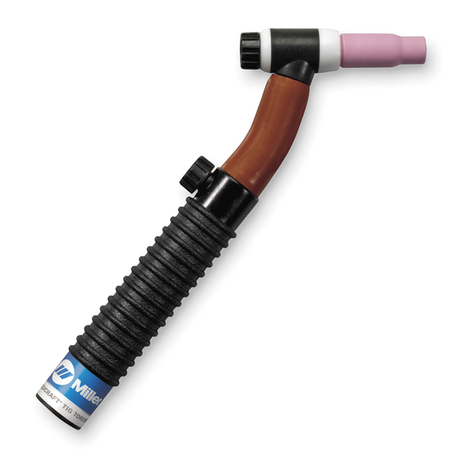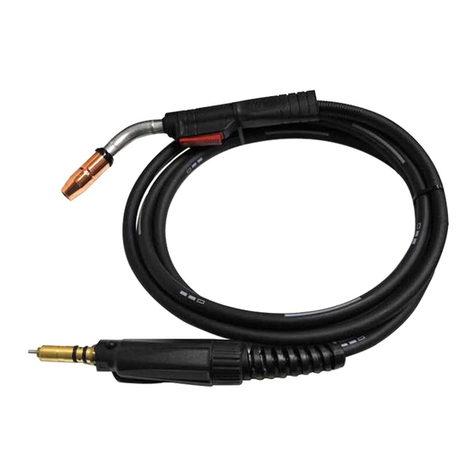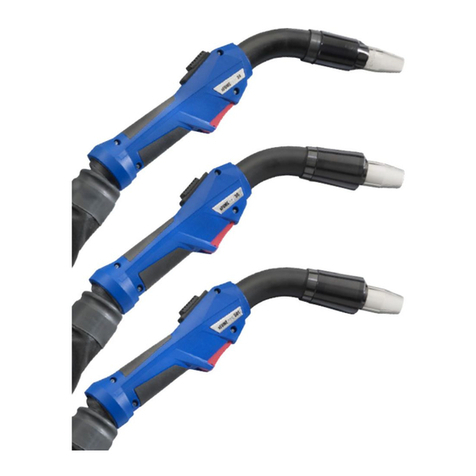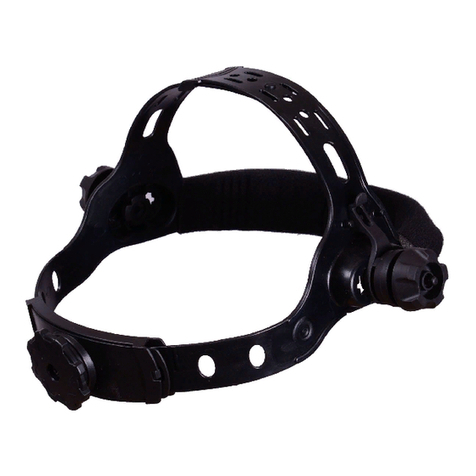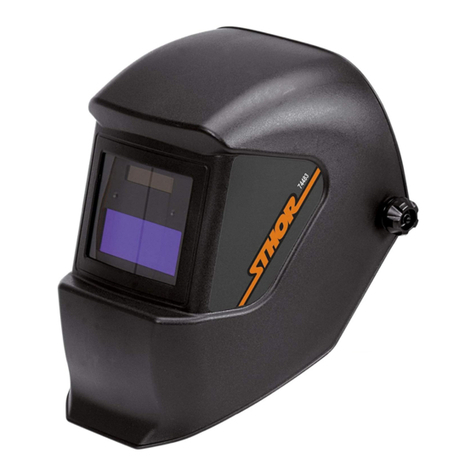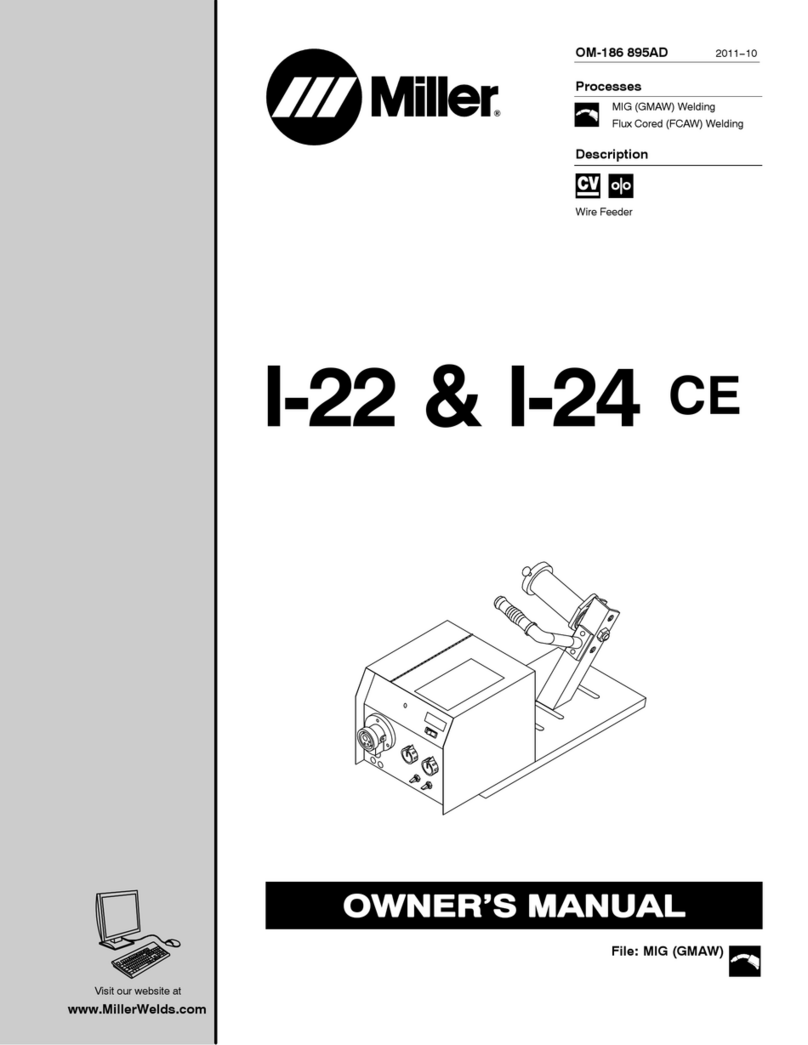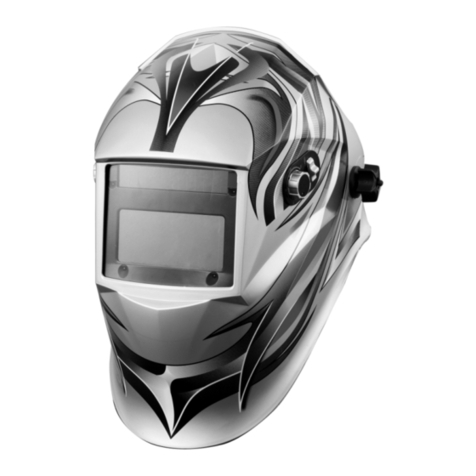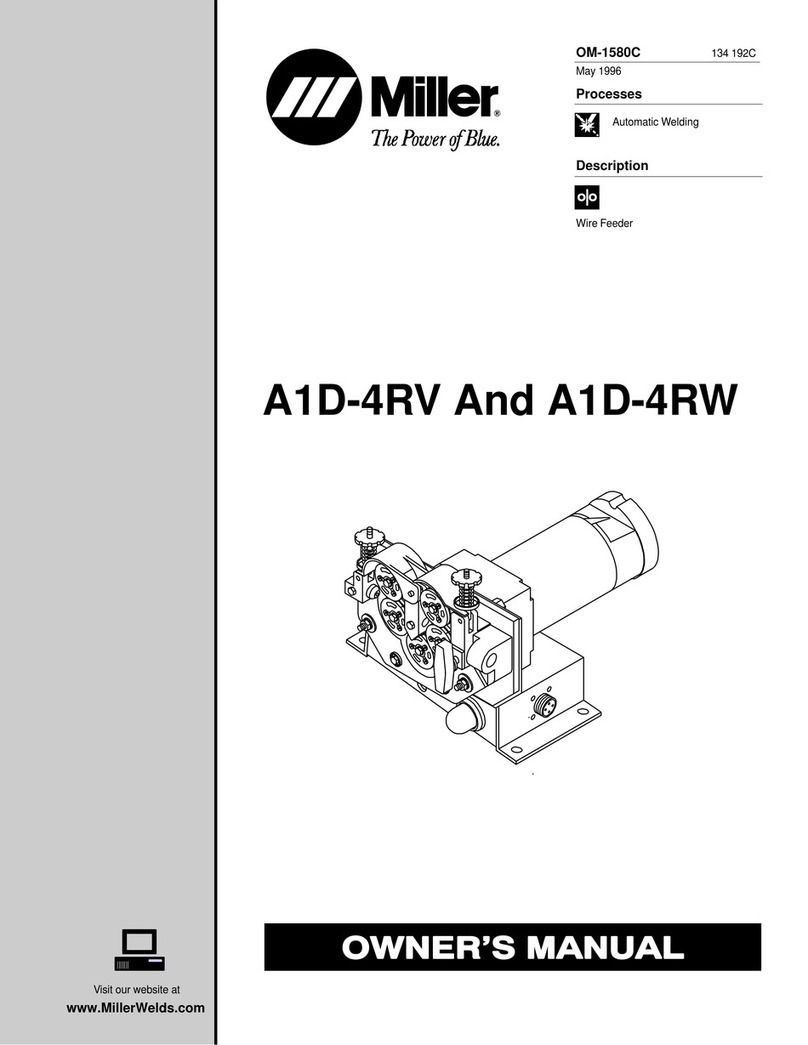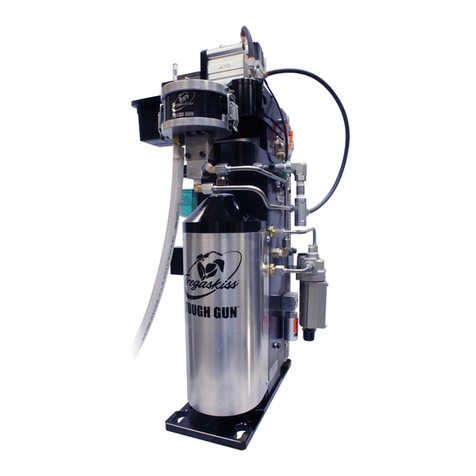
CY-210E
4.Connection
4-7
3) Explanation of functions of dip switches
①DSW1-(1) •Selects the constant-current control or source-voltage
fluctuation compensation control.
OFF: Constant-current control
ON: Source-voltage fluctuation compensation control
②DWS1-(2) •In constant-current control mode (DSW1-(1): OFF)
OFF: Constant-current control method with
secondary-current feedback
ON: Constant-current control method with
primary-current feedback
•In source-voltage fluctuation compensation control mode
(DSW1-(1): ON)
OFF: Secondary-current feedback detection mode. By
connecting a toroidal coil, the measured value of the
welding current can be indicated and full-wave
errors can be detected.
ON: Primary-current feedback detection mode. By
connecting a CT coil, the welding current can be
measured and full-wave errors can be detected.
When using the primary-current feedback detection
mode, set the turn ratio of the transformer so that the
current can be measured properly (see page 6-11).
③DSW1-(3) •Select the signal to be output to Pin 23 in the terminal block
on the rear panel.
OFF: Output of power-on timing signal
ON: Output of flicker
If this dip switch is set to OFF, the power-on timing signal is
output after Weld I starts and continues to be output until
Weld III finishes, regardless of the setting of Weld ON/OFF.
If this dip switch is set to ON, the flicker signal is output
only during power-on in Weld I, Weld II, and Weld III. The
power-on timing signal and the flicker signal are output
from the power-on signal [WELD ON].
④DSW1-(4) •Sets the start-signal parity-check function when the
controller is started up in 15-schedule mode.
OFF: Parity check will not be executed.
ON: Parity check will be executed.
If this dip switch is set to OFF, the parity check will not be
executed. If it is set to ON, the parity check will be
executed, and a start-input error signal (Error code [02])
will be output if a parity error is detected. Odd parity is
checked. For details, see "(5) Input Method for Start
Signals, 2)" on page 4-11.
⑤DSW1-(5) •Selects the self-holding timing for the start signal.
OFF: Self-holding of start signal at weld start
ON: Self-holding of start signal at squeeze
If this dip switch is set to OFF, the start signal is held when
the welding (Weld I) starts. If it is set to ON, the start signal
is held when the initial weld force (Squeeze) starts.

